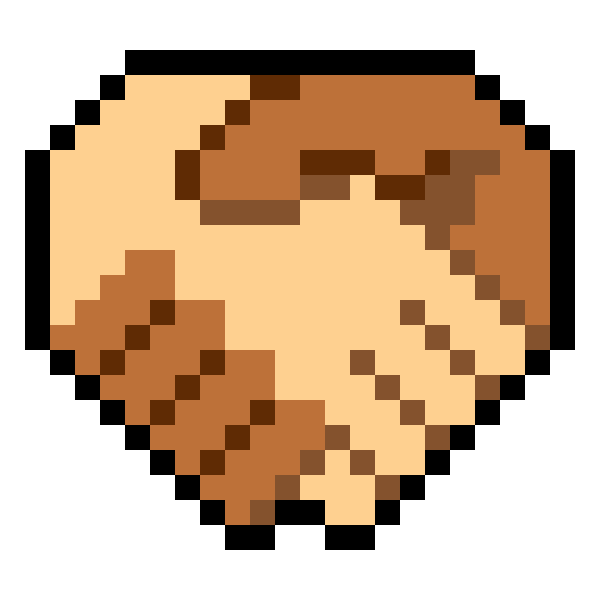390 reads
The Graph's Return: Exploring the Evolution of Geospatial and Personal Knowledge Graphs
by
June 1st, 2023
Audio Presented by
Story's Credibility



About Author
Got Tech, Data, AI and Media, and not afraid to use them.


Got Tech, Data, AI and Media, and not afraid to use them.